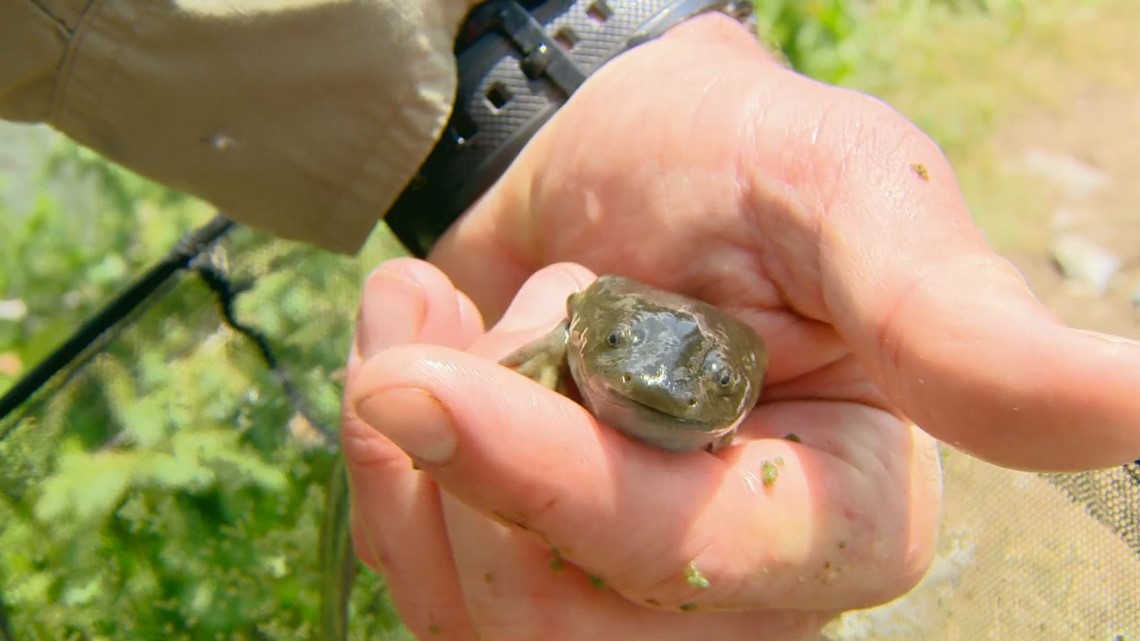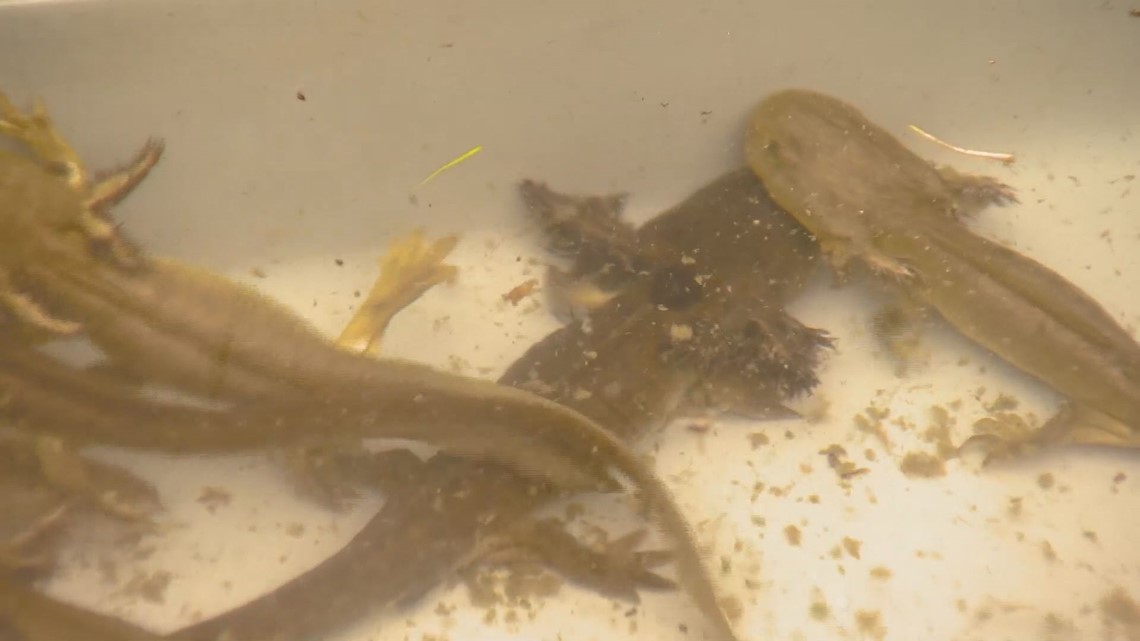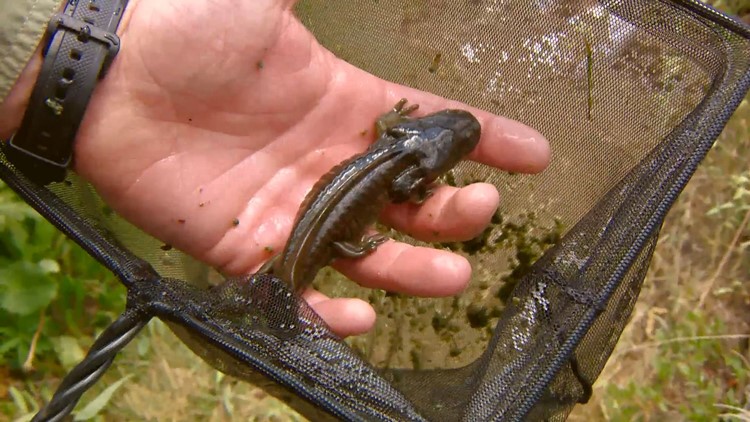GOTHIC, Colo. — Cannibalism is alive and well in Colorado.
It did not end with the famous Alfred Packer, the Colorado Cannibal, who in the late 1800s was stuck in a snowstorm in the mountains and was accused of killing and eating some of his traveling companions. He even has a cafeteria named after him at CU-Boulder.
“These guys were cannibals for a long time before Al Packer came along,” said Howard Whiteman, who has spent the last 29 summers studying these other famous Colorado cannibals.
The flesh-eating fiend Whiteman is so interested in? Colorado’s official state amphibian—the tiger salamander.


“They’re all cannibals—every single one of them,” said Whiteman, who is a biological science professor at Murray State University in Kentucky, and who also spends his summers at the Rocky Mountain Biological Laboratory in Gothic, Colorado.
Whiteman said tiger salamanders occasionally eat their young to survive, and to keep their population under control. After nearly three decades of studying the creatures, he knows a lot about them. They are fierce predators that can eat baby mice, they seem to be able to adapt to changes in their environment, and they can live past the age of thirty.
“When I bring undergraduates up, they’re older than my students,” Whiteman said.
One trait is that these amphibians have the ability to metamorphose. If the conditions are right, they lose their gills, their tail becomes less fin-like, and they take to land, coming back to the water to breed and to occasionally feed. Some of them do not go through that change, and spend their entire lives in the water.


“The only way you can figure out all of these things for sure is to follow them for long periods of time,” Whiteman said.
His long-term research is just one of many projects going on at the Rocky Mountain Biological Laboratory. He says these studies are important to Colorado, and the world.
“I think every other field station looks with envy at us, because of the people that are here and the work that they’re doing,” Whiteman said. “We are at an elevation which is impacting things, and we have these long-term studies.”
Whiteman said he is interested in looking into how changing temperatures are affecting the tiger salamander, because in recent years they were found to be reproducing at higher elevations.


“We know that the air temperature just down the hill has increased 2 ½ degrees over the last 30 years,” Whiteman said. “We’re interested in how that might be impacting the salamanders.”
To learn more about the research going on at the Rocky Mountain Biological Laboratory in Gothic, go to their website.



